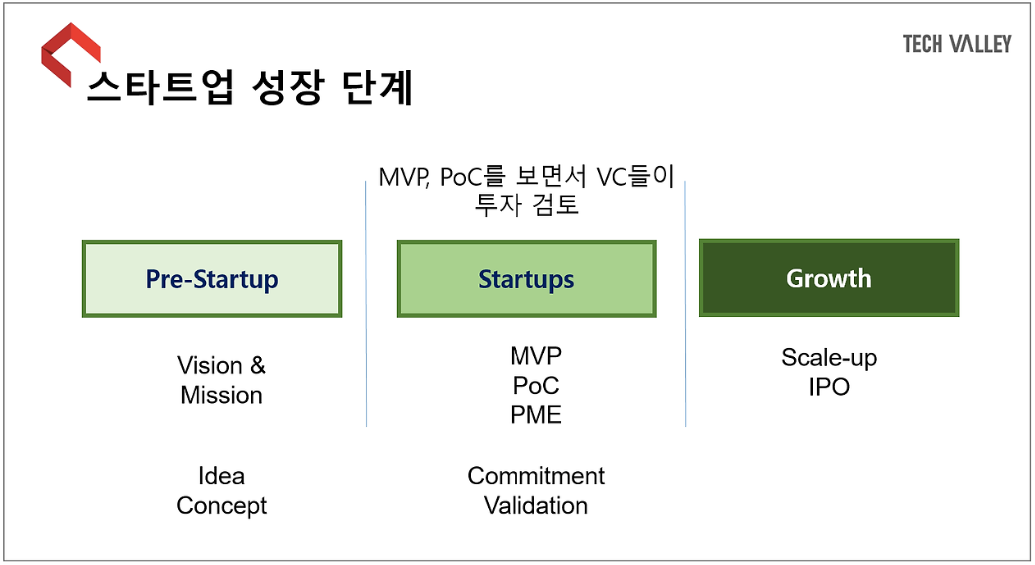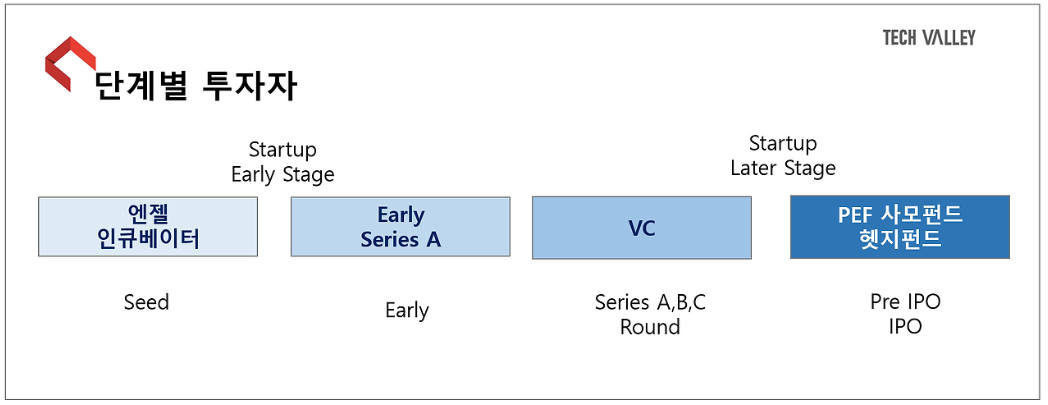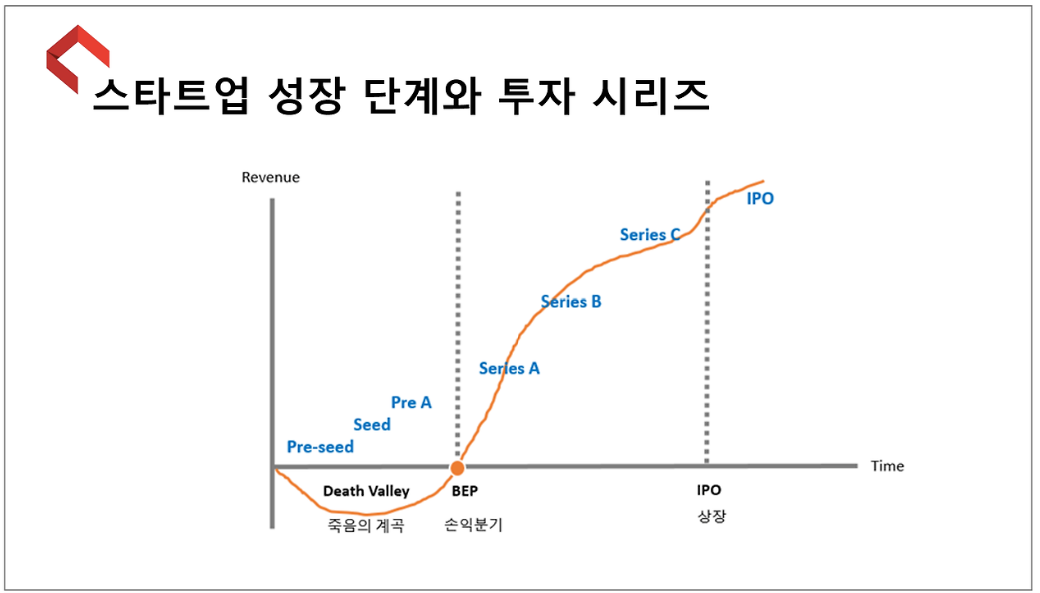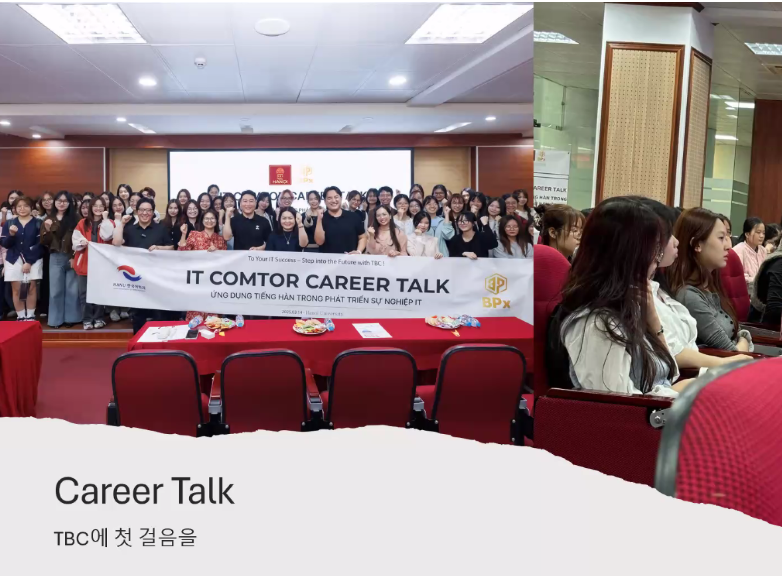
Vietnam IT talent recruitment market trends and IT talent management in 2024
2024년 08월 05일
Chiến lược cho các giai đoạn khởi nghiệp được rút ra thông qua quá trình khởi nghiệp ở Việt Nam
2024년 08월 05일Two years ago, I serialized parts 1 and 2 of “I Came to Invest in Vietnamese Startups” on my personal blog and the KORCHAM IT column, attracting much interest. Nowadays, many people ask me if I am no longer involved in startup activities. ^^;
Related article: [https://blog.naver.com/goodserver/222883808221]
The startup activities in Vietnam, which had stalled after COVID-19, are reviving. As of 2022, the startups registered in Vietnam...
Actually, I ended my 25-year career this year, and in March, I finally started my own business in Vietnam. Since the startup, I have been spending my time and effort on developing our own services, platforms, customer acquisition, digital content creation, IT education platforms, MVP, PoC, and MDF, rather than on startup-related activities. The minimum capital to sustain an early-stage company like mine seems to be the monthly revenue and profit.

Starting as a one-person business in March 2024, we have now entered the startup stage with five full-time employees.
However, I feel daily that it is impossible for an individual to create a business alone. My initial plan to declare early retirement before turning 50 and to run a small solo business earning a modest salary changed within less than two months.
A company should operate on a system rather than the CEO's sole discretion, and to grow the business, I recently started to dedicate some time to investment and IR outside of business hours.
Many people around me have asked what a startup is and how to get investment. Now, it seems it is time to find those answers through my own experiences and apply them to my business.
Strategies for Startup Growth Stages
The growth stages of startups can be interpreted in various ways.
I believe that before starting a startup, one should have a vision and mission for the business, write a business plan (in my case, about two years), and practice earning money regularly based on one's experience and know-how.
The CEO of a famous Vietnamese delivery startup, who is my age, lived abroad for a year before founding his company. He and his colleagues and friends played with the idea of delivering Korean food overseas as a fun activity (toy with). He prepared the concept of the business step by step before officially founding the company as the revenue started to come in.
1. Pre-Startup Strategy
In addition to meaning playing with a toy, "toy with" in startup terms can also mean creating or considering a business idea for fun or exploration.
I recommend planning the vision, concept, business model, company mission, logo, and more before establishing the company.
In the first stage of a startup, it is difficult to generate revenue and recruit people. The best way to save time and costs is to prepare in advance by efficiently utilizing the time in your current environment.

2. Startup Strategy
Due to my IT company experience and 10 years in Vietnam, and my preparation for the business, I was able to start my startup in March 2024.
Since everyone’s situation, economic capability, investor network, and customer network differ, it is hard to guarantee immediate revenue generation after launching a startup.
However, I had a philosophy of "3S" in my business: Stability, Sustainability, and Success. Believing that stability and sustainability are the minimum rules for success, I minimized costs and established the company based on monthly fixed revenue and interest from the beginning.
Market analysis was completed during the pre-startup period. It is crucial to present the MVP (Minimum Viable Product) model to the market and receive feedback from potential customers on PoC (Proof of Concept) and PMF (Product Market Fit) during this period.
This startup phase is critical not only for the market and customers but also for the CEO preparing for investment. Investors will determine whether to invest in a specific startup by assessing the MVP, product, platform, market fit, sustainability, and growth potential.

Recently, in 2024, simply copying and adapting successful platforms and business models from Korea to Vietnam does not guarantee success in the Vietnamese market.
Recognizing the national income, purchasing power, and changing market trends in Vietnam, startups must adopt a strategy based on MVP, engaging with various customers through PoC to achieve market fit (PMF).
This stage is likely the most challenging. If the product is not adequately developed or investment is not secured, the startup may struggle in the "valley of death."

3. Growth Strategy
Once the developed product is launched in the market and generates revenue surpassing the break-even point (BEP), it is time to focus on growth based on stabilization and sustainability.
As the number of employees increases, fixed costs also rise, making it a period when the invested amount can be quickly exhausted.
It is also the stage to prepare for an IPO, requiring the CEO to pay special attention to company revenue and profit margins. External professionals in business, technology, and IPO will join during this period, potentially leading to collaboration and internal competition between the original startup members and the new hires.
At this point, I recommend preparing for growth based on solid revenue and profits rather than excessively expanding subscribers, pivoting, or expanding overseas for the sake of the IPO.
Since my company has not yet reached this stage, I will gain more experience and post about Growth Strategy in the future.
In Part 2 of the KORCHAM column, I will post about the GTM (Go-To-Market) strategy for targeting the local market based on MVP, PoC, and PMF strategies.

💎 Demo & PoC Inquiry
Korean: Manager Choi Jun codepresso@techvalley.biz M. +84 32 672 1482
Vietnamese: Ms. Jena Thu Manager jena@techvalley.biz M. +84 86 890 4502
💎 Business collaboration inquiry
CEO Doyeon Kim patrick@techvalley.biz M. +84 96 658 9300



